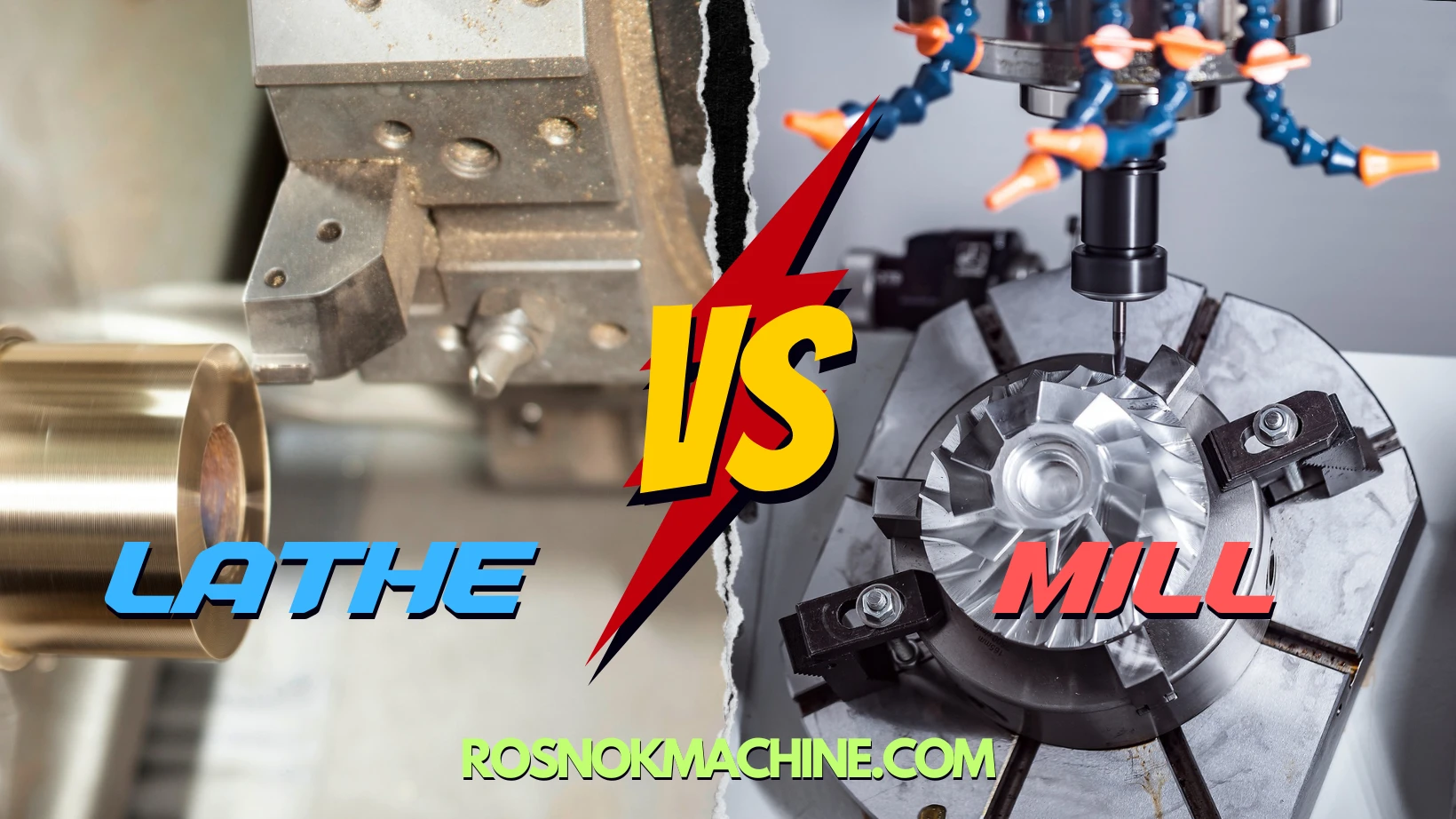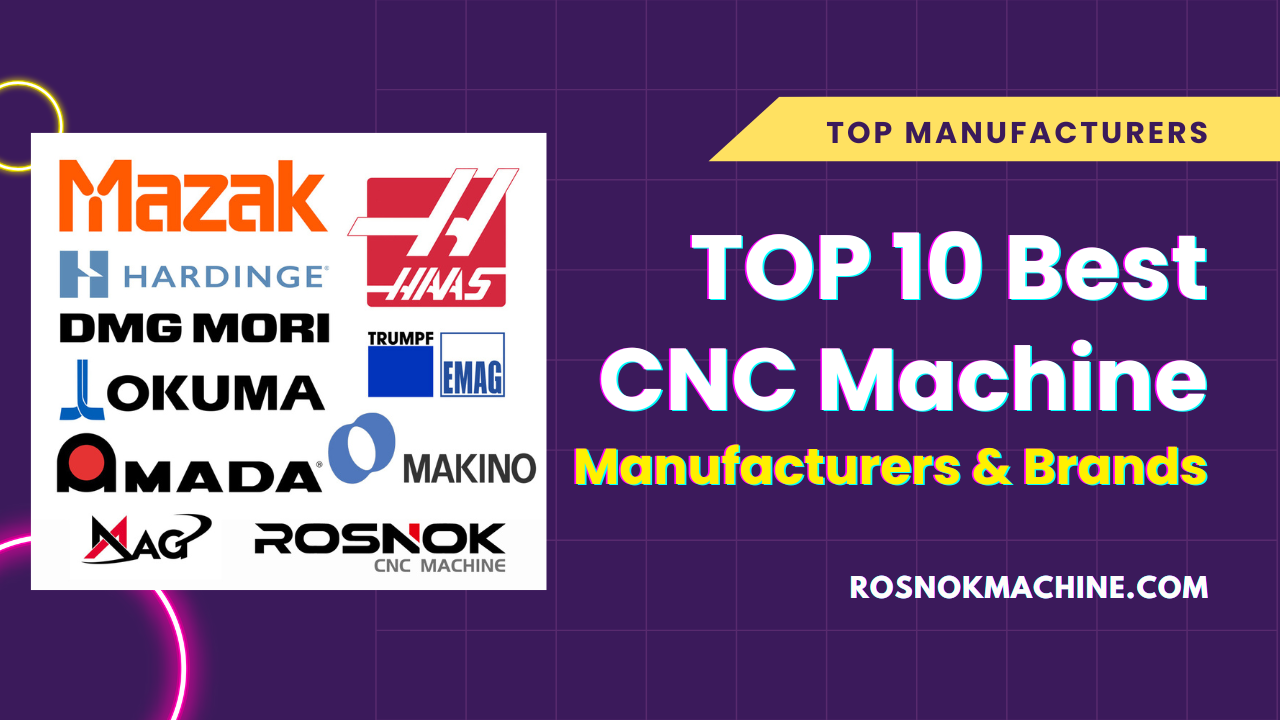Have you ever wondered what proper lathe machine maintenance really involves? Is your lathe showing signs of reduced accuracy? Concerned that poor upkeep could shorten its lifespan? Without consistent care, even advanced CNC lathes can face premature wear, costly repairs, and frustrating production interruptions.
These 10 lathe machine maintenance tips address every key area of your equipment’s performance and longevity: daily swarf and chip removal, correct guideway and slide lubrication, lead screw and ball screw care, spindle runout inspection, turret indexing accuracy check, coolant quality and filtration maintenance, belt and gear drive inspection, chuck jaw cleaning and lubrication, electrical cabinet cleaning, and precise machine leveling and alignment. Together, they form a complete maintenance routine that keeps both CNC and manual lathes accurate, reliable, and production-ready.
Continue reading to learn 10 essential lathe machine maintenance tips that enhance accuracy, prevent costly breakdowns, extend lifespan, and keep your equipment performing at peak efficiency every day.
Introduction to Lathe Machine Maintenance
Lathe machines are a cornerstone of modern manufacturing, used in industries from automotive to aerospace for producing precise, high-quality components. Whether in a large CNC lathe installation or a small workshop with manual machines, lathes operate under constant mechanical and thermal stress. Over time, wear on components such as guideways, spindles, and drive systems can reduce accuracy and efficiency.
Lathe machine maintenance is not just about fixing problems when they occur; it is a proactive process to prevent failures before they disrupt production. Regular cleaning, proper lubrication, alignment checks, and timely part inspections protect the machine’s precision, extend its lifespan, and help maintain consistent productivity. For manufacturers, this means fewer breakdowns, lower repair costs, and a reliable workflow that meets delivery deadlines.
For beginners entering the machining field, understanding the essentials of lathe maintenance builds a solid foundation for safe and efficient operation. By developing good habits early, operators can ensure their machines perform at peak levels, producing accurate results year after year.
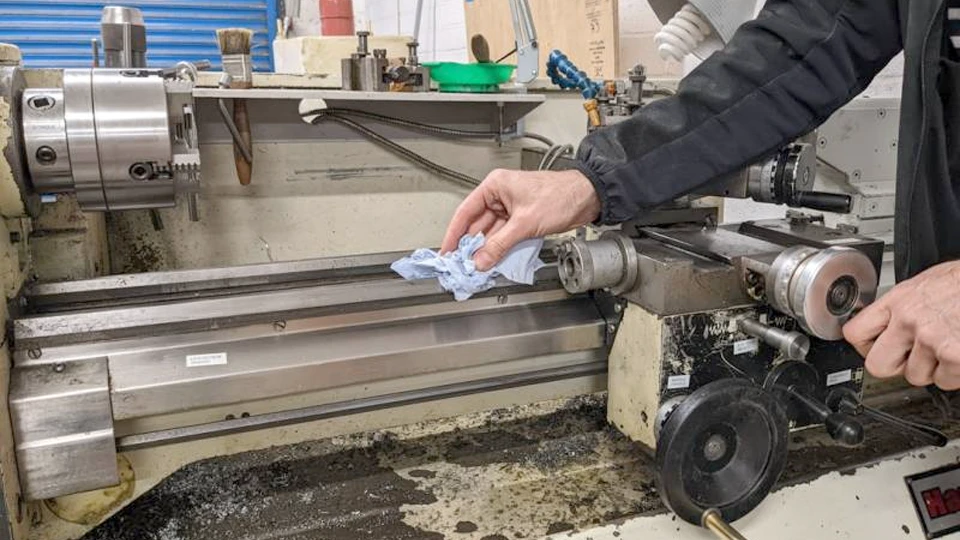
Why Regular Lathe Maintenance is Critical
Neglecting regular lathe machine maintenance leads to gradual yet significant deterioration in performance. Without consistent care, sliding surfaces develop uneven wear, spindle bearings lose preload, and ball screws accumulate backlash. These mechanical changes often begin subtly—such as a slight increase in tool chatter or a variation in part dimensions—but quickly compound, causing loss of machining accuracy and degraded surface finish.
Poor maintenance also accelerates wear on high-value components like guideways, chuck jaws, and drive gears. For example, contaminated way oil can embed abrasive particles into guide surfaces, while worn chuck jaws reduce clamping force and risk part slippage. Replacing these parts is expensive and often requires precision alignment after installation, resulting in long machine downtime.
Ignoring coolant system quality or lubrication schedules has equally damaging effects. Low coolant concentration or improper pH can lead to corrosion on work surfaces, while insufficient lubrication allows frictional heat to damage bearings and seals. These conditions shorten machine lifespan, raise operating costs, and disrupt production schedules.
In short, deferred maintenance not only compromises machining quality but also impacts operational profitability. Two areas most affected by poor maintenance are machining accuracy and production continuity, which we will examine in detail in the following sections.
10 Essential Lathe Machine Maintenance Tips
Preventive maintenance is most effective when it is specific, consistent, and based on the machine’s actual operating conditions. The following ten tips cover the key mechanical, electrical, and operational areas that directly affect a lathe’s accuracy, reliability, and service life. Each point includes practical steps, common mistakes to avoid, and indicators that signal it’s time for adjustment or repair. Whether you operate a CNC lathe in a high-volume plant or a manual lathe in a small workshop, applying these methods will help you maintain peak performance over the long term.
1. Daily Swarf and Chip Removal
Metal chips and swarf act like abrasives, wearing down guideways and contaminating the lubrication system. If allowed to accumulate, they can block coolant flow and create localized heat buildup during cutting. After each job, remove chips using a chip brush or low-pressure air gun, directing airflow away from spindle bearings. For machines with chip conveyors, check for jams and ensure the conveyor belt runs smoothly. A clean work area is the foundation for preventing mechanical wear.
Transition: Once chips are removed, the next priority is ensuring that all moving surfaces remain properly lubricated.
2. Correct Guideway and Slide Lubrication
Guideways and slides depend on a stable oil film to prevent direct metal contact. Select a way oil viscosity that matches the manufacturer’s recommendation—ISO 68 for most general conditions, ISO 220 for heavier loads or warmer climates. Apply lubrication through the centralized system or manually, ensuring even coverage. Excess oil attracts debris, while insufficient oil causes stick-slip motion and wear. Keep a log of lubrication intervals to maintain consistency.
Transition: With smooth movement ensured, attention should turn to the components responsible for precision positioning.
3. Lead Screw and Ball Screw Care
Ball screws and lead screws translate motor motion into precise tool movement. Contamination increases backlash and accelerates wear. Clean the screws with lint-free cloths and apply the correct lubricant—grease for high-load applications, light oil for faster travel. For CNC lathes, inspect wipers and seals; replace them if they no longer form a tight barrier. Periodically check for backlash by moving the axis and measuring response—excess play means it’s time for adjustment or service.
Transition: Accurate positioning is useless without a spindle that rotates true to its axis.
4. Spindle Runout Inspection
Spindle runout directly affects dimensional accuracy and surface finish. Use a dial indicator to measure both radial and axial runout at the spindle nose, testing in cold and warm conditions to detect thermal expansion effects. Readings beyond the manufacturer’s tolerance—often under 0.005 mm for precision lathes—suggest bearing wear or misalignment. Address issues immediately to avoid producing out-of-spec parts.
Transition: After verifying spindle accuracy, ensure that tool indexing is equally precise.
5. Turret Indexing Accuracy Check
The turret must position tools repeatably to avoid miscuts and collisions. Check indexing accuracy with a test cut or precision gauge. Misalignment often results from worn locking mechanisms, hydraulic pressure issues, or turret disk damage. Adjust according to the manufacturer’s alignment procedure, and verify locking force to ensure stability during heavy cuts.
Transition: Once mechanical alignment is assured, focus shifts to the system that controls temperature and lubrication during cutting.
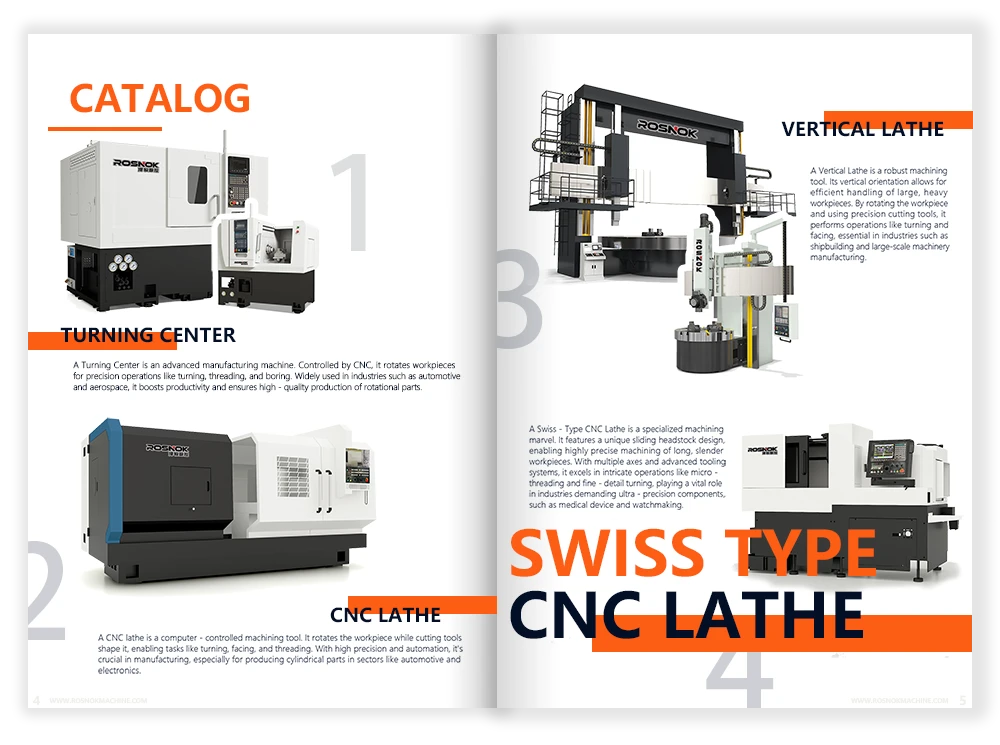
6. Coolant Quality and Filtration Maintenance
Coolant manages heat, flushes chips, and lubricates the cutting zone. Measure concentration with a refractometer—typically 6–10% for water-soluble coolant—and keep pH between 8 and 9 to prevent corrosion. Replace clogged filters, remove tramp oil, and drain tanks periodically to eliminate bacterial growth. Dirty or degraded coolant can erode tool edges, corrode machine parts, and cause foul odors in the workshop.
Transition: With thermal control handled, power transmission components also need close attention.
7. Belt and Gear Drive Inspection
Belt drives should have proper tension—too tight strains bearings, too loose causes slippage. Inspect for cracks, fraying, and uneven wear. For gear-driven lathes, check tooth condition and ensure lubrication matches the specified grade. Listen for unusual noise during operation; it often signals misalignment or impending failure. Prompt correction avoids damage to connected components.
Transition: Next, the chuck—your direct connection to the workpiece—must maintain full clamping force.
8. Chuck Jaw Cleaning and Lubrication
Chips lodged in the chuck jaws can reduce grip, causing workpiece slippage or distortion. Remove jaws for cleaning, inspect for wear on gripping surfaces, and apply light oil or chuck grease to prevent corrosion. Use a clamping force gauge to verify holding power, especially before high-speed or heavy cuts.
Transition: Even with perfect mechanical operation, electrical systems must remain clean and stable.
9. Electrical Cabinet Cleaning
Electrical components require dust-free conditions for stable performance. Power down the machine before opening the cabinet. Remove dust using a vacuum or low-pressure air, check terminal screws for tightness, and ensure cooling fans run freely. Replace air filters on schedule to maintain airflow and prevent overheating of drives, PLCs, and power supplies.
Transition: Finally, the entire machine must sit level to produce consistent, accurate results.
10. Machine Leveling and Alignment
Leveling affects not only accuracy but also long-term wear. Check with a precision machinist’s level in both longitudinal and transverse directions. For critical applications, use a laser alignment system to detect bed twist or misalignment. Adjust leveling screws to bring the machine into tolerance. Misalignment can cause tapered cuts, uneven tool wear, and excessive load on bearings.
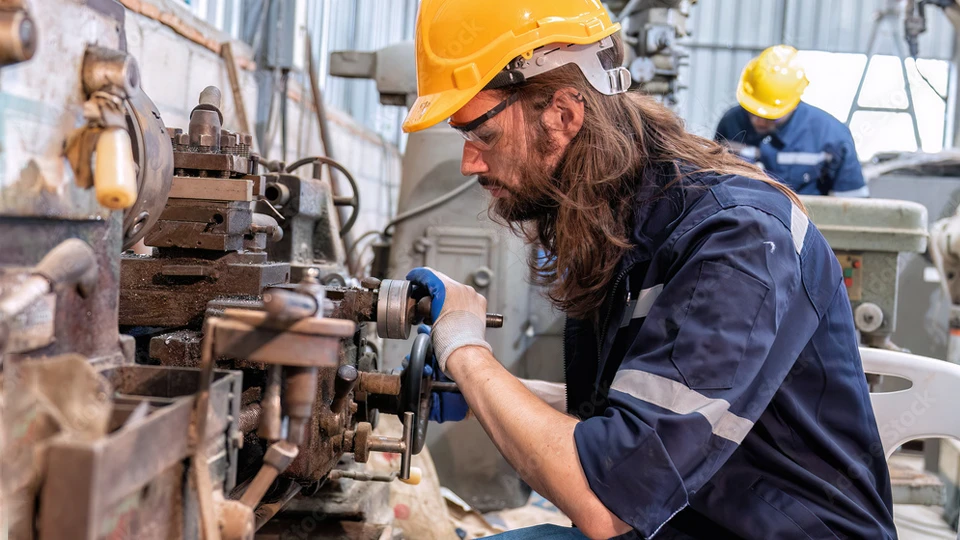
Creating a Lathe Maintenance Schedule
A structured maintenance schedule ensures that every critical area of the lathe receives attention at the right time. This plan organizes the essential maintenance tasks discussed earlier into daily, weekly, monthly, and quarterly intervals. By following it, operators can prevent minor issues from escalating into costly downtime while maintaining consistent accuracy and reliability.
Daily Tasks
At the start and end of each shift, remove all swarf and chips from the work area, guideways, and chuck to prevent abrasive wear. Verify the lubrication oil level in the reservoir and refill if necessary, using the grade recommended by the manufacturer. Check coolant concentration with a refractometer—maintain 6–10% for water-soluble coolant—and adjust pH to stay between 8 and 9 to avoid corrosion. These quick checks, done daily, protect sliding surfaces, cutting tools, and workpiece quality.
Weekly Tasks
Lubricate guideways and cross-slide surfaces according to the lubrication chart, ensuring the oil film is evenly distributed. Clean all fixtures, toolholders, and chucks to avoid chip buildup that can affect clamping accuracy. Inspect lead screws and ball screws for contamination or scoring, and check backlash by moving the axis and measuring the delay in movement—excessive play indicates a need for adjustment.
Monthly Tasks
Measure spindle runout with a dial indicator in both cold and warm conditions to detect bearing wear or misalignment. Verify turret indexing accuracy using a test cut or precision gauge, adjusting the locking mechanism if necessary. Inspect coolant filtration systems, clean or replace filters, and flush the tank if signs of contamination appear. These monthly inspections keep machine geometry stable and cutting conditions consistent.
Quarterly Tasks
Shut down the machine for a full preventive inspection. Clean the electrical cabinet using low-pressure air or a vacuum, tighten all terminal connections, and check fan operation. Replace air filters to maintain cooling efficiency. Level the machine using a 0.02 mm/m precision level or laser alignment system, correcting any bed twist or misalignment. Inspect belts, gears, and lubrication systems for wear, and replace components approaching the end of their service life.
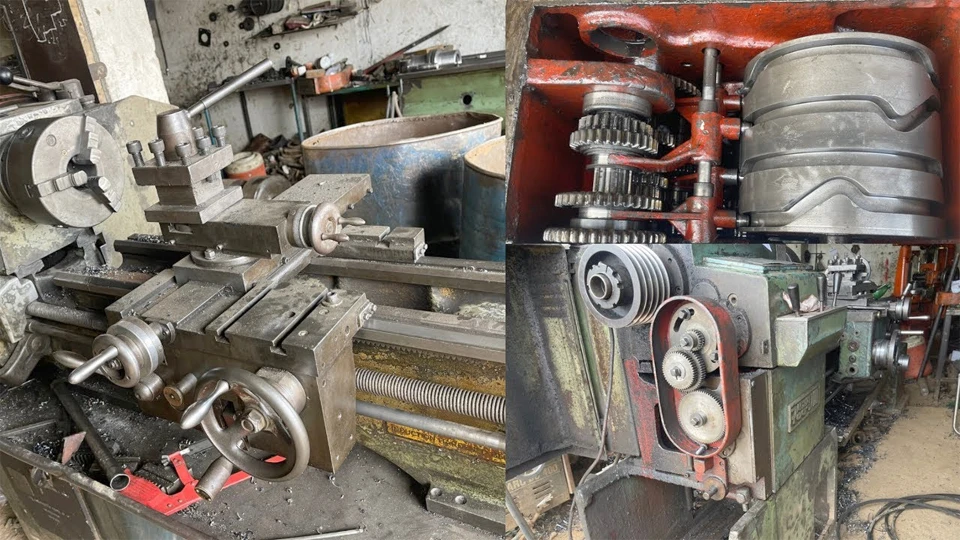
Common Mistakes to Avoid in Lathe Maintenance
Even skilled operators can make maintenance errors that compromise a lathe’s accuracy, reliability, and lifespan. Recognizing these mistakes early—and knowing how to prevent them—can save significant time and cost in the workshop.
Using the Wrong Lubricant
One of the most damaging errors is substituting the wrong oil type or viscosity. For example, replacing ISO 68 way oil with low-viscosity hydraulic oil reduces the oil film’s load-carrying capacity, leading to stick-slip motion and scoring on guideways. Always follow the lubrication chart in the machine’s manual, and store oils in sealed, clearly labeled containers to prevent contamination.
Ignoring Coolant Quality
Coolant does more than cool—it lubricates the cutting edge and prevents corrosion. Running with low concentration (<6%) reduces lubrication, while excessive concentration (>12%) traps heat and leaves residue on parts. A pH drop below 8 allows rust to form on the spindle nose, chucks, and fixtures. Measure concentration with a refractometer and check pH weekly to maintain ideal cutting conditions.
Skipping Scheduled Cleaning
Leaving swarf on guideways or in chucks acts like grinding paste, accelerating wear and damaging precision surfaces. Chips in the coolant tank clog filters and reduce pump flow. Always clear chips at the end of each shift and schedule coolant tank cleaning according to your maintenance plan to prevent buildup.
Overlooking Alignment Checks
Even a 0.02 mm misalignment in the headstock or bed twist can cause tapered cuts, chatter, and tool wear. Workshop temperature changes, vibration, or foundation settling can shift alignment over time. Use a machinist’s level for bed leveling and a dial indicator to verify tailstock alignment during quarterly inspections.
Delaying Small Repairs
A loose belt, faint bearing noise, or worn wiper may seem minor but can quickly escalate to serious damage. Keep common spares—belts, wipers, filters—on hand to replace worn items immediately, minimizing downtime and preventing secondary failures.
By avoiding these pitfalls and following a structured lathe machine maintenance schedule, operators can maintain high precision, protect machine components, and ensure continuous, trouble-free production. The next step is understanding which tools and materials make these maintenance tasks faster, safer, and more effective.

Essential Tools and Materials for Maintenance
Effective lathe machine maintenance depends on using the right tools and materials for each task. The following items are grouped into four categories—precision measuring instruments, lubrication and cleaning equipment, coolant testing tools, and essential consumables—so operators can easily build a complete maintenance kit.
Precision Measuring Instruments
- Dial Indicator (0.01 mm or finer): Used to check spindle runout, turret indexing, and tailstock alignment. When measuring spindle runout, place the contact tip on the spindle taper surface to avoid errors from chuck jaws. Choose models with jeweled bearings for smooth movement.
- Machinist’s Level (0.02 mm/m): Required for machine leveling and bed twist detection. A precision-ground base ensures stable placement during alignment checks.
- Feeler Gauges (0.02–1.00 mm): Measure gaps in sliding components or confirm backlash settings. Stainless steel sets resist rust in coolant-rich environments.
Lubrication and Cleaning Equipment
- Oil Gun or Centralized Lubricator: Delivers way oil directly to guideways and slides. Fine-control triggers help avoid over-lubrication that attracts swarf.
- Grease Gun: For ball screws, chuck scrolls, and other grease points. Match the gun to the grease cartridge size used in your shop to avoid mix-ups.
- Lint-Free Cleaning Cloths: Removes debris from exposed surfaces without leaving fibers that can interfere with lubrication films.
Coolant and Fluid Testing Tools
- Refractometer: Ensures coolant concentration stays within the recommended range—usually 6–10% for water-soluble types. Automatic temperature compensation improves accuracy.
- pH Test Strips or Digital Meter: Monitor acidity/alkalinity to prevent corrosion and bacterial growth. Maintain pH between 8 and 9. A weekly check is recommended in high-production environments.
Essential Consumables
- Way Oil (ISO 68 or ISO 220): Formulated to adhere to vertical and horizontal guideways, providing lasting lubrication under load.
- Anti-Rust Oil: Applied to exposed metal surfaces during downtime to prevent oxidation. Choose a low-viscosity type for easy removal.
- Quality Coolant: Match coolant type to materials—semi-synthetics for steel machining, full synthetics for aluminum to maximize heat dissipation and surface finish quality.
Store all oils, greases, and coolants in sealed, clearly labeled containers to avoid contamination. Keep precision instruments in protective cases to maintain calibration. The correct tools and materials not only make maintenance easier but also ensure it is performed safely and effectively—something we will address in detail in the next section on safety best practices.
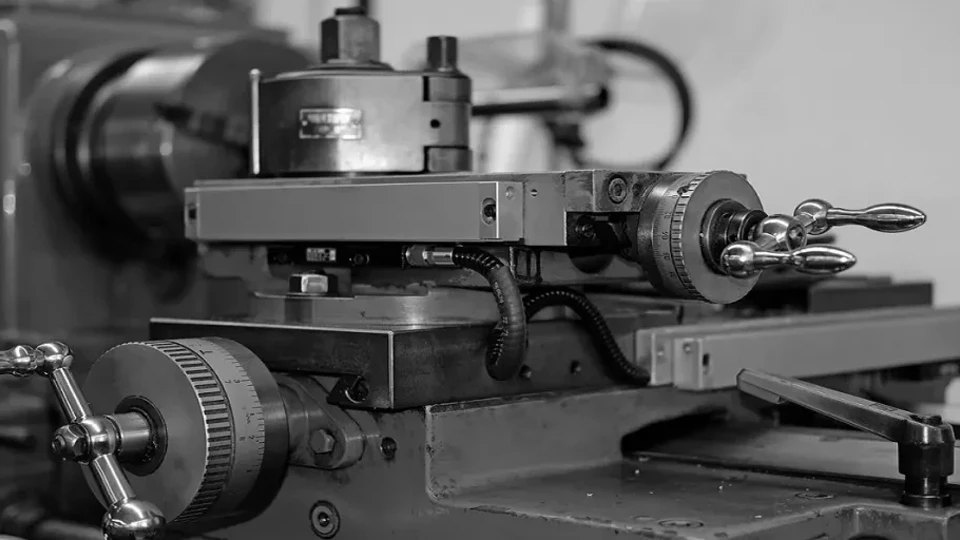
Safety Best Practices During Maintenance
Lathe machine maintenance involves mechanical, electrical, and chemical tasks, each with its own hazards. By following these safety best practices, operators can protect themselves while ensuring the machine remains in optimal condition.
Power Isolation and Lockout Procedures
Before performing any maintenance, disconnect the main power supply and engage the lockout/tagout (LOTO) system. Verify zero voltage at the terminals using a calibrated multimeter or voltage tester before touching any electrical parts. For CNC lathes, disable the control panel and allow 5–10 minutes for drive capacitors to discharge.
Personal Protective Equipment (PPE)
Wear safety glasses when cleaning chips or flushing coolant lines, and gloves when handling sharp tools or replacing parts. In noisy environments, use hearing protection. Avoid loose clothing, dangling sleeves, or jewelry, as these can become entangled in rotating parts.
Handling Lubricants and Coolants Safely
When mixing coolant, always add concentrate to water, not the reverse, to prevent splashing and chemical reaction. Wear chemical-resistant gloves, and work in a ventilated area. Store fluids in labeled, sealed containers away from heat sources, and dispose of used coolant according to local environmental guidelines. When testing pH or concentration, stand to the side of the container to avoid contact with splashes.
Working Around Moving Parts
Even at low speeds, moving parts can cause severe injury. Before adjusting the chuck, turret, or toolpost, ensure the spindle has come to a complete stop and that all axes are stationary. When testing machine operation after maintenance, stand clear of the rotation plane and keep all guards in place.
Electrical Safety
When accessing the electrical cabinet, use insulated tools and stand on a dry, non-conductive mat. Inspect wiring for insulation damage before touching, and never bypass interlock switches. Replace worn or damaged connectors immediately to prevent overheating or arcing.
Safe Use of Tools and Lifting Equipment
Use the correct size and type of tool for each job—improvised tools can slip and cause injury or damage. When lifting heavy components like a 3-jaw chuck or tailstock, use a hoist rated at least 20% above the component’s weight. Identify the load’s center of gravity before lifting to prevent swing or rotation, and always secure the part before detaching the hoist.
Following these practices not only prevents accidents but also supports the effectiveness of your maintenance routine. A well-maintained machine is of little value if unsafe procedures cause downtime or injury. With both technical skill and safety discipline in place, lathe maintenance becomes a controlled, efficient, and risk-free process—something we will reinforce in the final conclusion.
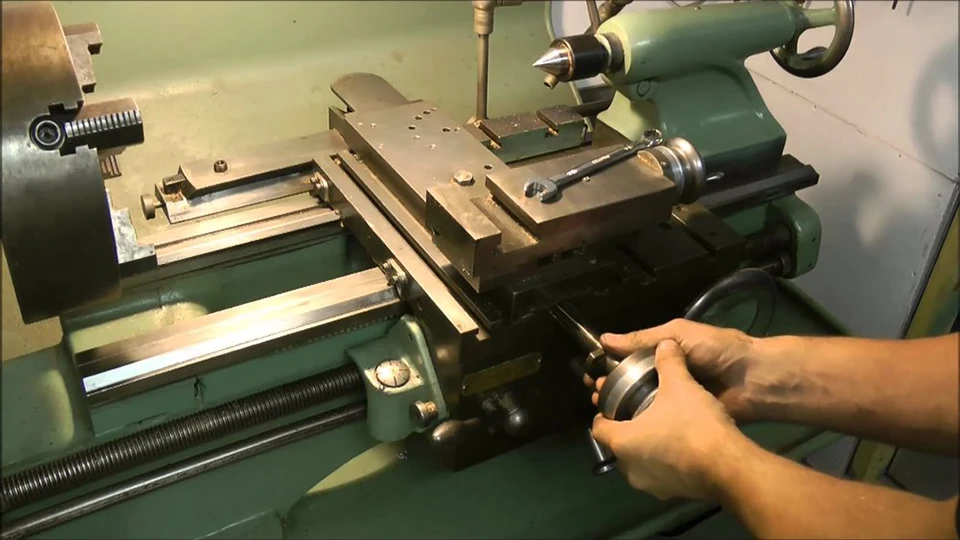
Conclusion
Consistent lathe machine maintenance is not just a technical requirement—it is a strategic investment in production stability, cost control, and long-term operational reliability. A well-maintained lathe preserves machining accuracy, reduces unexpected downtime, and extends the service life of critical components. By integrating preventive care into daily routines, operators can ensure that every project meets quality standards while keeping operating expenses predictable. Establishing disciplined maintenance habits today safeguards your workshop’s performance for years to come.
For workshops seeking dependable equipment that responds well to proper maintenance, choosing machines designed with serviceability and durability in mind is essential. At Rosnok, our CNC lathes and machining solutions are engineered for both precision and ease of upkeep, helping operators get the most from every maintenance effort. Combining robust machine design with a consistent maintenance program ensures not only optimal performance but also the confidence to meet demanding production schedules without compromise.



